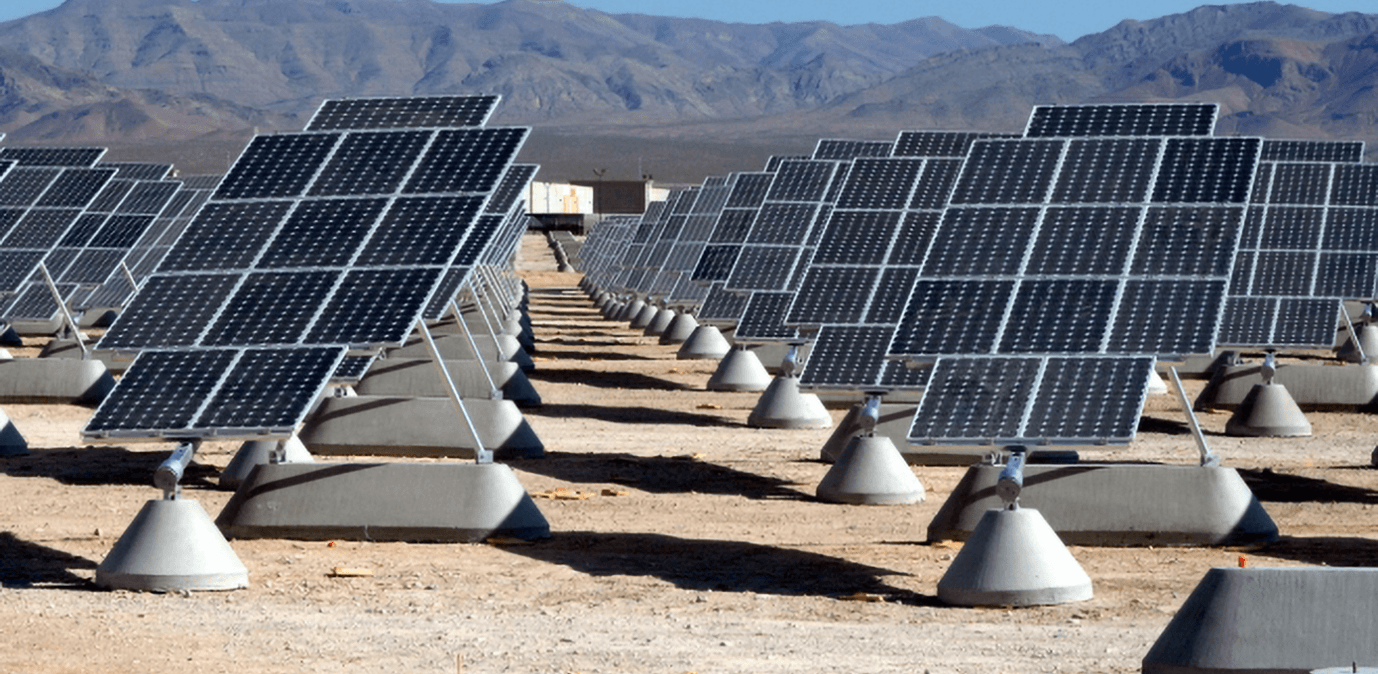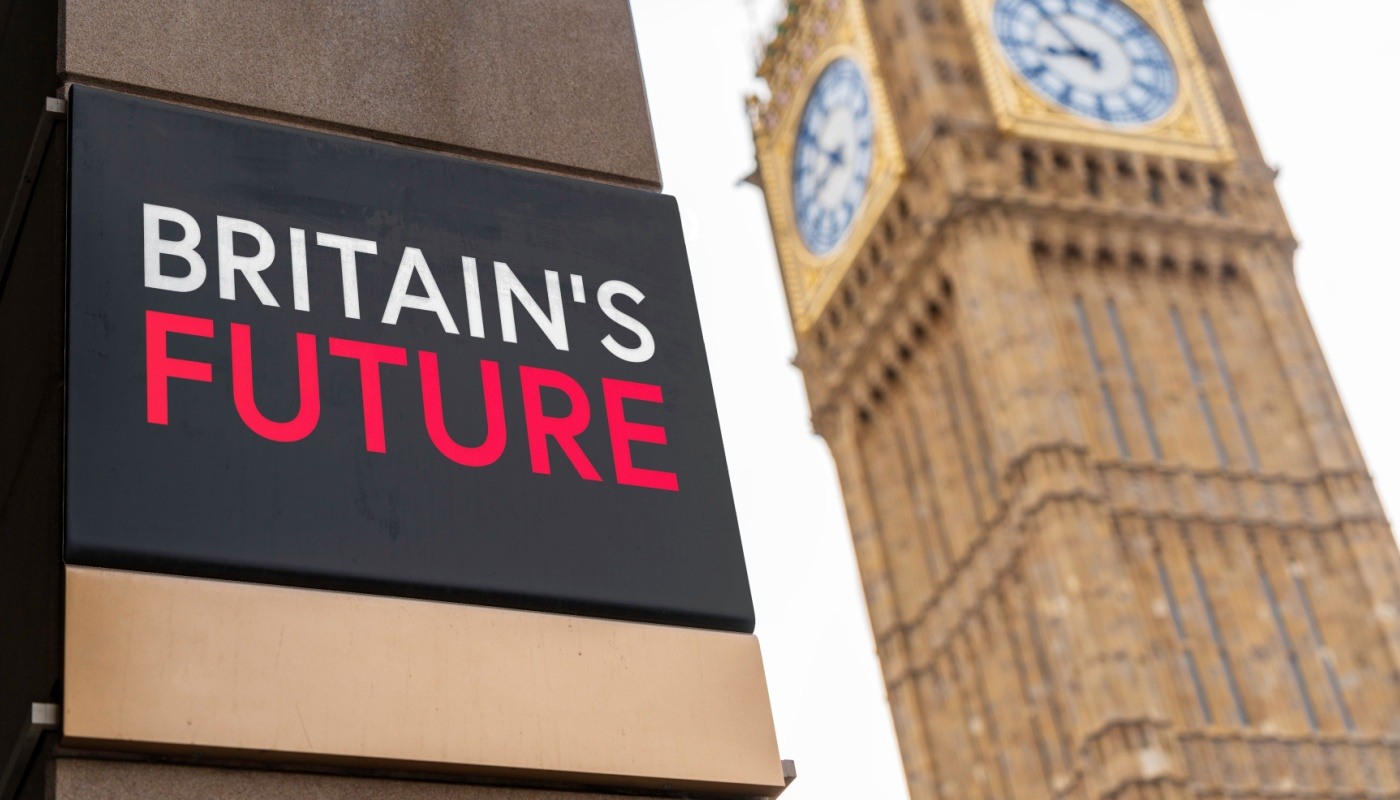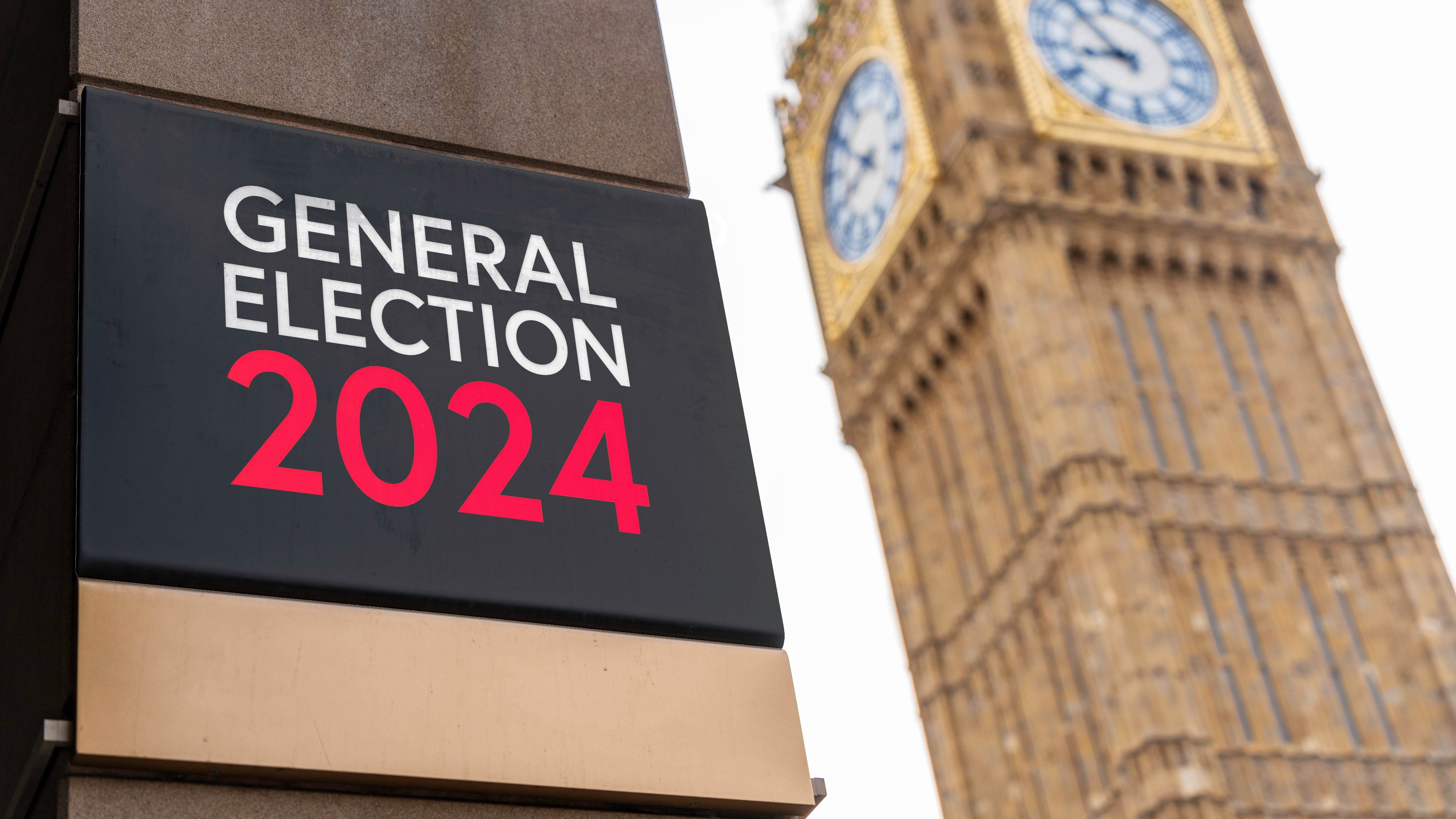The international climate change agenda: prospects going into 2017
by Inline Policy on 22 Nov 2016
2016 has built on the momentum of the Paris Agreement. But the election of Donald Trump in the US has placed question-marks over whether this momentum can be maintained, or if recent progress will be derailed. At the conclusion of COP 22 in Marrakesh, this analysis piece considers the state-of-play and the prospects for 2017.
The run-up to COP 22
COP 22 in Marrakesh, which ran from 7-18 November, inevitably had its eyes turned westwards to the outcome of the US election. There’s no doubt that, given the statements that Trump had made during the campaign about “cancelling” the Paris Agreement, his victory cast a shadow over proceedings.
This was against the background of an increasingly promising backdrop. In the aftermath of Paris, there had been an air of shock at the stunning breakthrough of COP 21 and therefore an expectation that Marrakesh would be relatively uneventful, concentrating on how to take forward the Paris Agreement and not much more.
But, since the summer, there had been a change of pace which in turn had significantly upped the expectations for Marrakesh. This was down to three primary developments:
- the early entry into force, on 4 November, of the Paris Agreement. This had not been anticipated until possibly 2018, and certainly not in the year immediately following. Consequently, the outgoing UNFCCC Secretary-General, Christiana Figueres, and others had started talking about accelerating Paris implementation and substantive action before 2020;
- second, the agreement reached in Montreal in early October by the International Civil Aviation Organisation (ICAO) on a global market-based mechanism to tackle aviation emissions. Insiders had been confident this would materialise; but ICAO had so often failed to deliver on climate action, that the agreement still came as a surprise when it arrived. Even if, with some justification, the aviation agreement was criticized for being low on ambition, its character as the first global sectoral agreement addressing emissions still felt like real progress. ICAO was quickly followed by the international agreement in Kigali on 15 October to phase out HFC greenhouse gases, further evidence of post-Paris momentum;
- finally, the G2 had shown no signs of slowing their domestic action on climate. President Obama and Secretary Kerry, through words and deeds, seemed intent on securing a lasting sea-change in US climate policy as their legacy. The Chinese had their own reasons – first and foremost their continuing concern about air pollution in China’s cities – for pursuing mitigation policies. Just as importantly, they had conspicuously continued their high level co-operation on climate.
All that said, there was a sober air amongst the parties as well. The good news this year on multilateral progress has also been marked by a mounting disquiet about the onward march of global warming, with the first six months of 2016 averaging a 1.3 degrees Celsius increase in global temperatures, comparing (alarmingly) with the 1.5 degrees C increase aspiration enshrined in the Paris Agreement. Moreover, just before COP 22 began, the IEA had articulated the widespread unease that Paris is only a policy framework and that, within it, the country pledges (the NDCs, in the UNFCCC jargon) are inadequate to keep warming below the Paris threshold.
Parties therefore met in Marrakesh with a mixture of anticipation and apprehension, and there was initial disbelief when news came through of Trump’s victory. Against that background, the US climate team had to tread a delicate line at Marrakesh these past two weeks. John Kerry, in an emotional address to delegates on 16 November, signalled that he and Obama are going to try to fight the incoming Trump team on climate policy. Ironically, the US and Mexico were the first countries to present long-term emissions reductions pathways, as required by Article 4 of the Paris Agreement.
The Marrakesh Outcomes
The UNFCCC had four objectives going into Marrakesh:
- first, that the COP should provide signals (not least, to business) that parties should be prepared to ramp up their ambition - recognizing that the cumulative impact of the NDCs are still not enough to limit to 2 degrees C global warming (and certainly not 1.5 degrees) - in readiness for the formal global stocktake in 2018 and the five-yearly target revisions scheduled to take place thereafter;
- second, that work urgently needed to begin on the rule-book for implementing the NDCs. That work should in particular concentrate on how emissions reductions should be monitored, reported and verified (the MRV process) and made transparent;
- third, at an African COP, there should be a focus on financial assistance for developing countries and the climate adaptation agenda;
- last, the successful co-operative spirit of multilateralism engendered by Paris, sustained by Montreal and Kigali, should continue.
These objectives seem to have been largely met at COP 22. The new co-operative climate seen last year in Paris has been maintained: an important example is the launch of the NDC Partnership, a capacity-building initiative created to help developing countries with their climate action plans.
At the end of the summit, the parties issued the Marrakesh Action Proclamation, calling for increased ambition and co-operation well in advance of 2020, and (seen as a coded message to President-elect Trump) the “highest political commitment” to combating climate change. There is nothing in this specifically committing to tangibly improved targets; but that was never on the cards and the rhetoric is in keeping with what was achieved.
More important is the Marrakesh Partnership for Global Climate Action. This contributes to the route-map for the next two/three years and merits attention as a testament to meaningful progress coming out of Marrakesh. The key element is a public/private cooperation process (convened by the formal high-level champions from France and Morocco, focusing on thematic priorities) for accelerating ambition in the pre-2020 period, inaugurating a plan for ongoing action and initiatives, and the monitoring of progress.
On designing the Paris rulebook (the “operational manual”), COP 22 agreed to take this forward with an agreement on 2018 for completion. The parties at Marrakesh were in accord, in the context of the rule book, on the key issue of transparency, viz on measuring and accounting for emissions reductions.
There was also some progress on the important areas of climate finance and carbon pricing. On the former, there remain substantive ongoing reservations about the ability of the Green Climate Fund to play the catalyzing function envisaged of it (not helped by the likelihood that President Trump will cancel the $2.5 billion commitment made by the Obama administration), and little new money was pledged at COP 22. On the upside, the multilateral development banks (MDBs) are playing an increasingly active role on climate finance, mobilising $81 billion in 2015 on projects from a collective $25 billion in public funds. Moreover, Marrakesh confirmed that climate finance - in the sense of mobilising private capital to support the transition to the low-carbon economy – has become mainstream amongst the parties and business (witness the statement issued by US companies calling for an acceleration of the transition), even if national measures and policies (the NDCs) will have the more palpable impact on the ground.
Carbon pricing as a policy instrument still lacks a convincing narrative, hindered inter alia by the continuing struggles of the EU Emissions Trading System, but also by an awareness among policymakers that it sends a mixed message, alongside the large fossil fuel subsidies still being offered around the world. The objective for Marrakesh was to start the process for setting the rules for co-operation on emissions mitigation between different markets (reference Chapter 6 of the Paris Agreement). Much more work will need to be done on this. In the short-term, advocates for carbon markets are encouraged by China’s determination to press ahead with its national scheme in 2017; also by plans that Canada and Mexico have announced to establish national systems. The EU and China have agreed to organize a meeting in the first half of 2018 between carbon market nations, with the aim of advancing work on linking emissions trading systems.
In conclusion, despite the cloud of Trump’s forthcoming, COP 22 did enough to send out unified messages about increased ambition and intent pre and post-2020. Most importantly, the processes have now been established for the implementation of Paris, enabling the essential technical agendas to be taken forward over the next two years. In that sense, the parties demonstrated their awareness that the entry into force of Paris demanded an action agenda, and they have delivered that.
The Geo-Politics
The UNFCCC processes are one thing. But the geo-politics of climate has always been fundamental to supporting policy action. Paris ushered in a new era of climate co-operation, symbolised in the partnership that the US and China, for different motivations but no matter, have struck up. That co-operation is now clearly at risk, and the big question is whether China is prepared to shoulder even more of a leadership role, should the US step aside. Comments made by senior Chinese officials at Marrakesh suggest that the Chinese leadership will continue to press ahead with its domestic policies on climate and clean energy, and that they recognize their international responsibilities. But they will presumably want to see how the Trump administration proceeds once it assumes office.
Overshadowed by the US/China axis and preoccupied with domestic concerns, the EU has given the appearance of playing catch-up on climate this year, encapsulated in the unseemly scramble to ratify the Paris Agreement just in time for Marrakesh. France, who has been working closely with the Moroccan hosts on the Marrakesh agenda, and Germany (who take up the G20 Presidency in January, and have just agreed a 2050 climate action plan which is a compromise between low-carbon ambition and German industrial interests) can be expected to play prominent roles over the near-term. The UK, which has still not set out a coherent energy policy vision since Theresa May became Prime Minister, and preoccupied with Brexit, may not be able to play the climate leadership role that it has consistently done in the past. The ability of the EU collectively, distracted by other priorities and with key French and German elections in 2017, to step into the US-vacated leadership space remains unclear. An early indicator of the European appetite for leadership will be the European Commission’s winter package on how to deliver the EU’s 2030 climate targets, which is due out shortly.
Other large developing country parties such as India and Brazil continued to stick to the new post-Paris co-operative atmosphere at Marrakesh. Their actions will be instrumental on the key issue of NDC implementation.
That leaves the US, and what President Trump might actually do. It will probably not be as easy for him to proceed on Paris as he suggested during his campaign. Obama and Secretary of State Kerry ensured US ratification of the agreement, in tandem with China, in late September. Following the Agreement’s entry into force on the eve of Marrakesh, any party – including the US – are bound to Paris for at least three years, and would then only be able to exit after giving 12 months notice, ie by September 2020 at the earliest. In practice, the Trump administration could simply decide not to participate in the UNFCCC process and wreck US emissions reductions targets through neglect. The definitive option would be a decision to leave the UNFCCC altogether (an option which even President George W. Bush never contemplated).
One other point to consider is how states and cities will react in the US. Some will take heart from Trump’s statements that he will revive the coal industry. Others, like California and New York, will probably carry on steering their economies in the low-carbon direction of travel. Co-operation between sub-national governments and cities on the global scale was a prominent theme in the margins of COP 22.
2017
It would be fair to say that Trump’s election in the US has unsettled the international climate process. Despite the parties at COP 22 putting a brave face on it, there is a natural concern about the negative impact that a non-participatory, non-compliant, even pugnacious US government could have on global and, more importantly, on national policies.
That said, there was a steely determination in Marrakesh – bolstered by affirmative statements from the Obama administration, China and others – to get on with business.
The business community again turned out in force at a COP, and their main messages were that they want a clear path forward on the low-carbon economy and to work with governments in implementing the Paris Agreement.
The growing participation of the business community is mirrored by an increasing interest among both financial policymakers and financial institutions in climate change, and specifically in climate risk. One of the most important events in the near future will be the publication of the Climate Disclosure Taskforce, examining corporate reporting and disclosure and transparency, as mandated by the Financial Stability Board.
The end of 2016 is also seeing a raft of announcements about coal. The UK Government has finally announced its consultation on phasing out coal power by 2025. The French Government, not to be outdone, have said they now intend to phase out coal in France by 2023. Canada has announced that it plans to phase out coal-fired electricity by 2030. And in its just-published World Energy Outlook, the International Energy Agency, has fallen into line with others who have been saying for a while that Chinese coal demand probably peaked in 2013, and buys more into the energy transition than it ever has done before.
In short, there are many moving parts in play – not to mention the rapid changes taking place with clean energy technologies and cost reductions. The challenge for both the UNFCCC and national governments in 2017 will be to carve out a coherent pathway. In a more uncertain world, internal co-ordination between government ministries and at the international multilateral level will be more important than ever.
Photo - Creative Commons
Topics: Energy policy, International politics, Climate Change







Comments